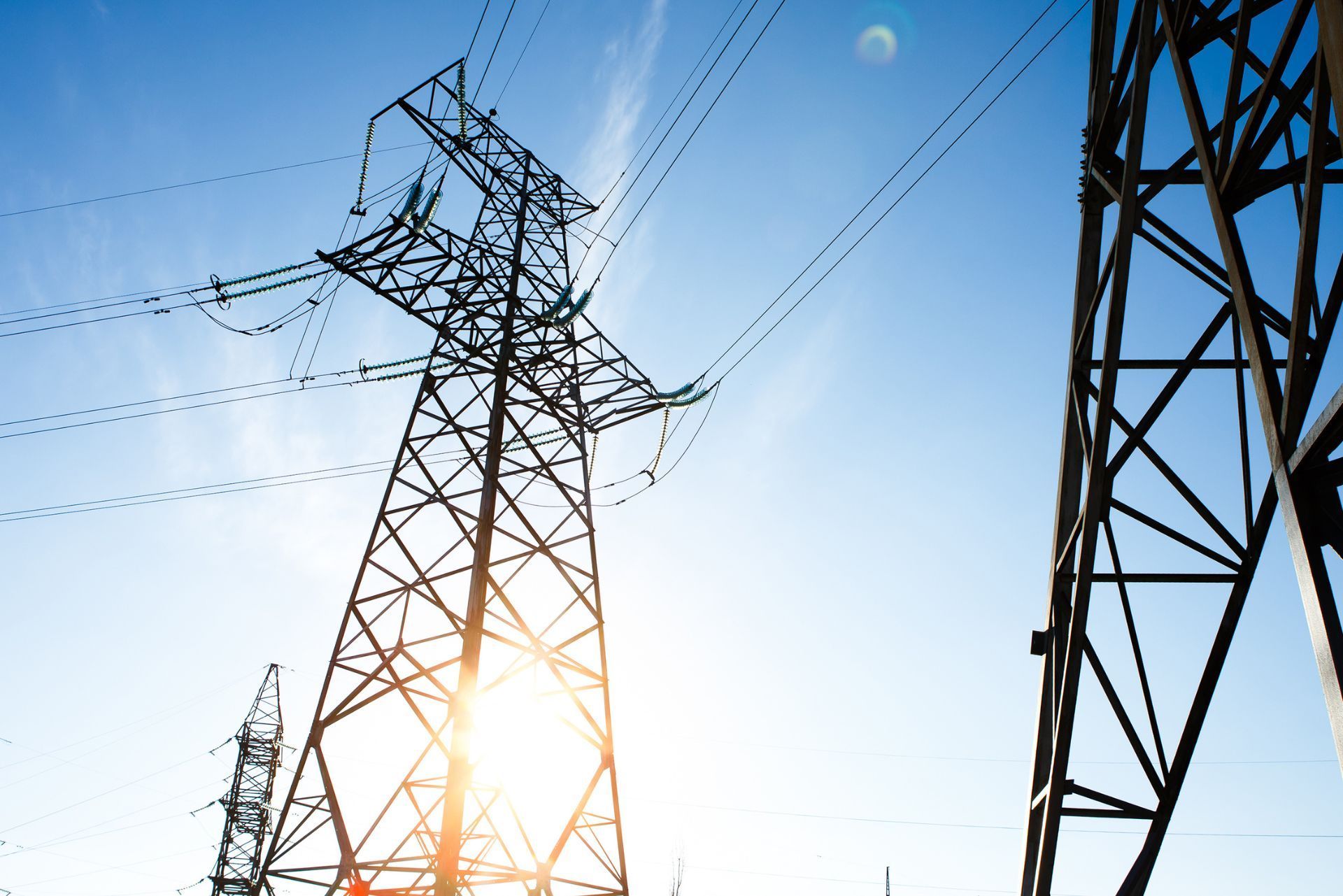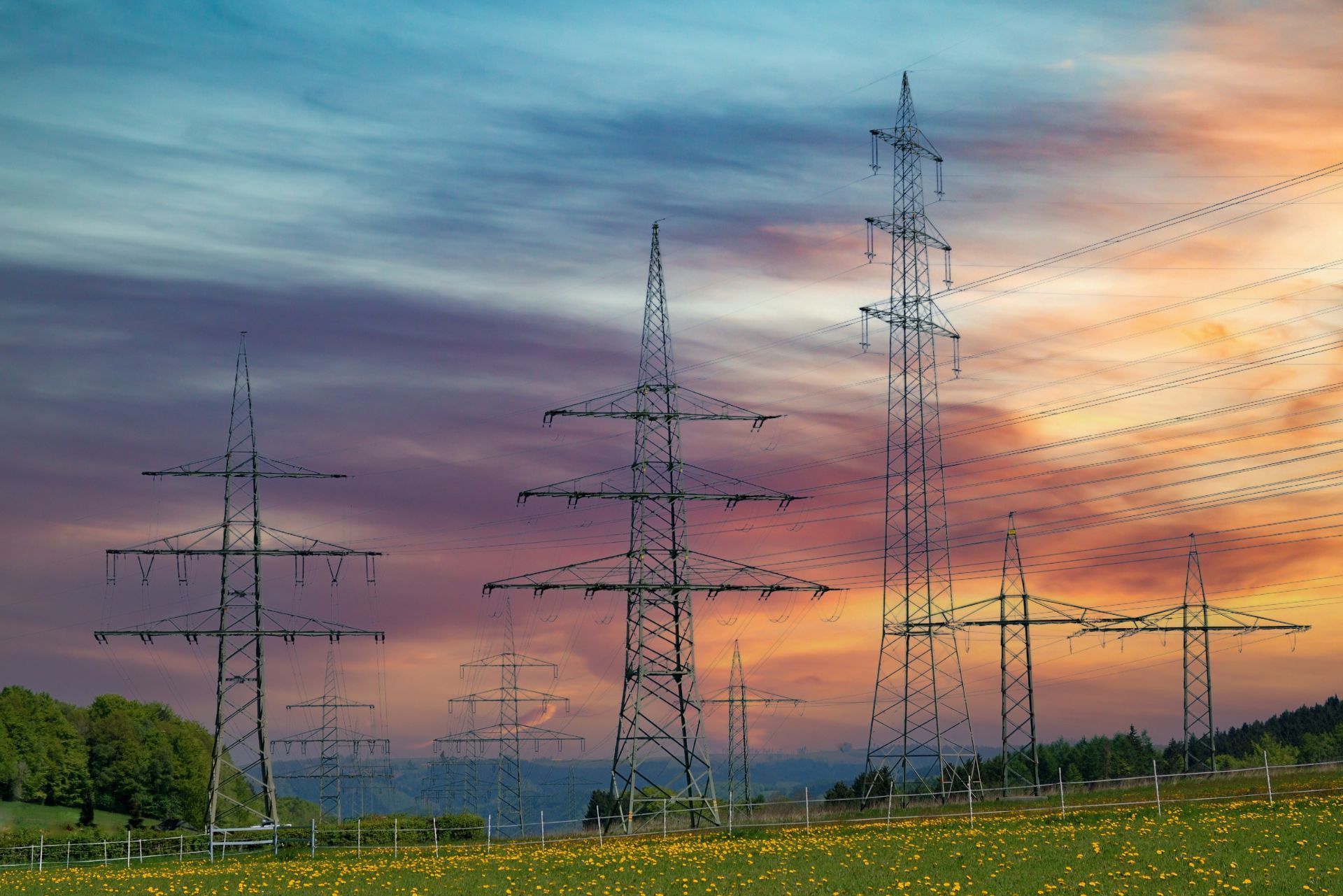Top 3 Recommended Policies

Investor-owned electric utilities (IOUs) play a critical role in powering millions of homes and businesses across the United States. As these companies invest heavily in modernizing and hardening the energy grid, they also face a complex landscape of risks that require specialized insurance solutions. Understanding the nuances of insurance for these utilities is essential for stakeholders, from company executives to investors and policymakers.
In 2022 alone, investor-owned utilities invested a record $178.2 billion to enhance the energy grid, reflecting the scale and urgency of infrastructure improvements in response to rising power demands and climate-related challenges. This massive investment underscores the importance of robust insurance coverage to protect these assets and ensure continuity of service. For more details on these investments, see the Daily Energy Insider report on U.S. utilities investments.
The Growing Investment in Grid Modernization and Its Implications for Insurance
Investor-owned utilities are not only expanding their infrastructure but also focusing on modernizing existing systems to improve resilience. In 2023, these utilities planned to invest a record $5.9 billion specifically aimed at grid modernization, with nearly half of that budget allocated toward resilience measures such as installing hardier poles and wires. This shift highlights a proactive approach to mitigating risks associated with extreme weather events and other disruptions. The integration of smart grid technologies, including advanced metering infrastructure and real-time monitoring systems, is also becoming increasingly prevalent, allowing utilities to respond more swiftly to outages and optimize energy distribution.
Such significant capital deployment means that insurance providers must adapt their offerings to cover new types of assets and emerging risks. Traditional policies may not suffice when dealing with advanced technologies and resilience-focused infrastructure. The emphasis on hardening the grid also suggests a potential reduction in the frequency and severity of outages, which could influence underwriting and premium calculations. Furthermore, as utilities incorporate renewable energy sources into their grids, insurers will need to account for the unique risks associated with these technologies, such as energy storage systems and distributed generation, which can introduce new challenges in risk assessment and management.
Wood Mackenzie’s analysis of these investments provides a detailed look at how utilities are balancing modernization with risk mitigation strategies, which insurers must consider when structuring coverage plans. The report emphasizes the importance of collaboration between utilities and insurers to create innovative insurance products that reflect the evolving landscape of energy infrastructure. For further insights, explore the Axios coverage on grid modernization investments. As the industry continues to evolve, stakeholders must remain vigilant and adaptable, ensuring that both infrastructure and insurance frameworks are robust enough to withstand the challenges posed by climate change and technological advancements.

Key Risks Facing Investor-Owned Utilities and Insurance Challenges
Investor-owned utilities face a variety of risks that complicate insurance coverage. These include physical damage from natural disasters, operational interruptions, liability exposures, and regulatory compliance challenges. For instance, the global energy sector experienced over 2,900 unexpected power generation unit outages in 2023, causing 88 million customer service interruptions across 35 countries. Such widespread disruptions illustrate the vulnerability of critical infrastructure and the potential for significant financial losses. The financial implications of these outages extend beyond immediate repair costs; they can also lead to long-term reputational damage and loss of customer trust, which are harder to quantify but equally impactful.
In addition to physical risks, utilities must navigate complex regulatory environments and evolving legal liabilities, especially as climate change increases the frequency of extreme weather events. Insurance providers are becoming more discerning about potential losses, carefully evaluating mitigation efforts such as grid hardening and restoration speed improvements before offering coverage. Alp Can, an actuary at USI Insurance Services, emphasizes that despite the risks, insurance coverage remains viable when these mitigation factors are taken into account. Moreover, utilities are increasingly investing in advanced technologies, such as predictive analytics and real-time monitoring systems, to enhance their resilience against disruptions. These innovations not only help in identifying vulnerabilities but also play a crucial role in demonstrating to insurers that proactive measures are in place, which can lead to more favorable policy terms.
Understanding these risks is crucial for utilities seeking appropriate insurance solutions and for insurers aiming to price policies accurately. The balance between risk exposure and mitigation investments directly influences policy terms and premiums. Furthermore, as the landscape of energy production shifts towards renewable sources, investor-owned utilities are also faced with the challenge of integrating these technologies into their existing frameworks. This transition not only introduces new operational risks but also necessitates a reevaluation of insurance needs, as traditional coverage may not adequately address the unique challenges posed by renewable energy sources. As such, collaboration between utilities and insurers is essential to develop tailored insurance products that reflect the evolving nature of the energy sector.
Innovations in Risk Mitigation and Their Impact on Insurance
Recent studies highlight the tangible benefits of targeted investments in grid resilience. A 2024 study demonstrated that a 10% investment in wind hardening combined with a 10% improvement in restoration speed could reduce the probability of large-cost events by 12% and 22%, respectively. These findings underscore how strategic infrastructure upgrades not only enhance reliability but also reduce insurance risk.
Such data-driven insights are increasingly informing how insurance products are designed for investor-owned utilities. Insurers are incorporating resilience metrics into their risk assessments, rewarding utilities that invest in hardening and rapid restoration capabilities with more favorable policy terms. This alignment encourages utilities to prioritize investments that not only improve service but also lower overall risk profiles.
The study, titled Quantifying distribution system resilience from utility data, provides valuable evidence supporting these industry trends and helps bridge the gap between engineering improvements and insurance underwriting.
Moreover, the implications of these innovations extend beyond immediate financial savings. By fostering a culture of resilience, utilities can enhance their public image and build stronger relationships with stakeholders, including customers and regulators. This proactive approach to risk management not only prepares them for future challenges, such as climate change and extreme weather events, but also positions them as leaders in sustainability and corporate responsibility. As utilities adopt these practices, they can expect to see a ripple effect throughout the industry, encouraging others to follow suit and invest in similar resilience strategies.
Additionally, the integration of advanced technologies such as predictive analytics and real-time monitoring systems is revolutionizing the way utilities manage risk. These tools enable utilities to anticipate potential disruptions and respond more effectively, further minimizing the impact of adverse events. As insurers recognize the value of these technological advancements, they may also begin to offer tailored products that incentivize the adoption of such innovations, creating a win-win scenario for both utilities and their customers. This evolving landscape of risk mitigation not only reshapes the insurance market but also contributes to a more robust and sustainable energy infrastructure overall.
Specialized Insurance Products for Investor-Owned Utilities
Given the unique risk landscape, investor-owned utilities often require specialized insurance products tailored to their operational realities. These may include property insurance covering physical assets, business interruption insurance to protect against revenue losses during outages, liability insurance for third-party damages, and environmental liability policies. Each of these products serves a critical role in safeguarding the financial stability of utilities, especially in an era where extreme weather events and aging infrastructure pose significant challenges.
One area of complexity is the use of captive insurance companies, which some utilities employ to self-insure against certain risks. However, the IRS has historically been skeptical of captive insurance arrangements, particularly 831(b) captives making an 831(b) election from inception. Rob Walling, Principal and Consulting Actuary at Pinnacle Actuarial Resources, notes this regulatory scrutiny, which adds a layer of complexity for utilities considering captive insurance as a risk management tool. This skepticism can lead to increased scrutiny during audits, and utilities must be prepared to demonstrate that their captive structures are legitimate and not merely vehicles for tax avoidance.
Utilities must carefully navigate these regulatory and tax considerations when structuring their insurance programs to ensure compliance and optimize financial outcomes. Additionally, the evolving landscape of renewable energy and sustainability initiatives is prompting utilities to reassess their insurance needs. As they invest in solar, wind, and other renewable sources, they face new risks related to technology failures, regulatory changes, and market volatility. This shift necessitates a re-evaluation of existing insurance policies and the potential development of new products that address these emerging risks, ensuring that utilities remain resilient in the face of change.
Moreover, the integration of advanced technologies such as smart grids and IoT devices introduces further complexities in risk management. These technologies can enhance operational efficiency but also expose utilities to cyber threats and data breaches, necessitating specialized cyber liability insurance. As utilities continue to innovate and modernize, their insurance strategies must evolve concurrently to cover these new vulnerabilities, creating a comprehensive risk management framework that supports both current operations and future growth.

The Future Outlook: Meeting Surging Power Demands and Managing Risk
The U.S. utilities industry is projected to invest an unprecedented $1.1 trillion by 2029 to meet surging power demands. This massive investment will continue to reshape the risk environment and insurance needs for investor-owned utilities. As infrastructure expands and modernizes, insurance providers will need to evolve their products to address emerging risks such as cyber threats, climate-related damages, and operational complexities associated with integrating renewable energy sources. The shift towards decentralized energy generation, including solar and wind, introduces new variables that must be accounted for in risk assessments and insurance underwriting processes. This evolution not only requires innovative insurance solutions but also a deeper understanding of the technologies and methodologies that utilities are adopting.
Moreover, the increasing focus on resilience and rapid restoration will likely lead to more dynamic insurance models that reward utilities for proactive risk management. The ongoing dialogue between utilities, insurers, regulators, and actuaries will be critical in developing sustainable insurance frameworks that support the reliable delivery of electricity while managing financial exposures. As utilities adopt advanced technologies like smart grids and IoT devices, there will be a pressing need for insurers to understand these systems' vulnerabilities and the potential impacts of system failures. Additionally, the collaboration between stakeholders will foster a culture of transparency and shared responsibility, ensuring that all parties are prepared for the uncertainties that lie ahead.
For a comprehensive overview of these industry trends and challenges, the
Daily Energy Insider’s report on utilities’ investment outlook offers valuable context. This report not only highlights the financial commitments being made but also delves into the strategic initiatives utilities are implementing to enhance operational efficiency and customer satisfaction. As the landscape continues to evolve, staying informed about these developments will be essential for stakeholders across the board, from utility executives to policy makers, ensuring that they can navigate the complexities of a rapidly changing energy environment.
Conclusion
Insurance for investor-owned electric utility companies is a complex, evolving field shaped by massive infrastructure investments, emerging risks, and regulatory challenges. As utilities invest billions to modernize and harden the energy grid, insurance providers must adapt to new risk profiles and offer tailored coverage solutions. Strategic investments in resilience not only improve service reliability but also reduce insurance costs by mitigating the likelihood and impact of large-scale outages.
Understanding the interplay between utility investments, risk mitigation, and insurance coverage is essential for all stakeholders involved in the energy sector. With the industry poised to invest over a trillion dollars by 2029, the role of specialized insurance will only grow in importance, helping to safeguard critical infrastructure and ensure the reliable delivery of electricity to millions of customers nationwide.
Contact Us
Phone
Location
9595 Six Pines Dr, Suite 8210, The Woodlands, TX 77380

